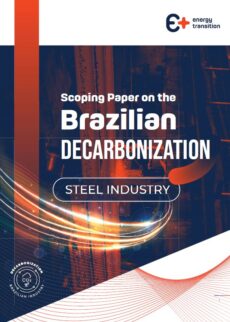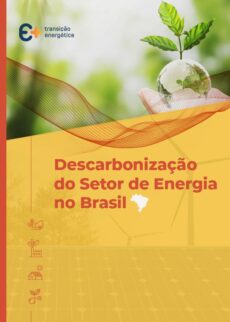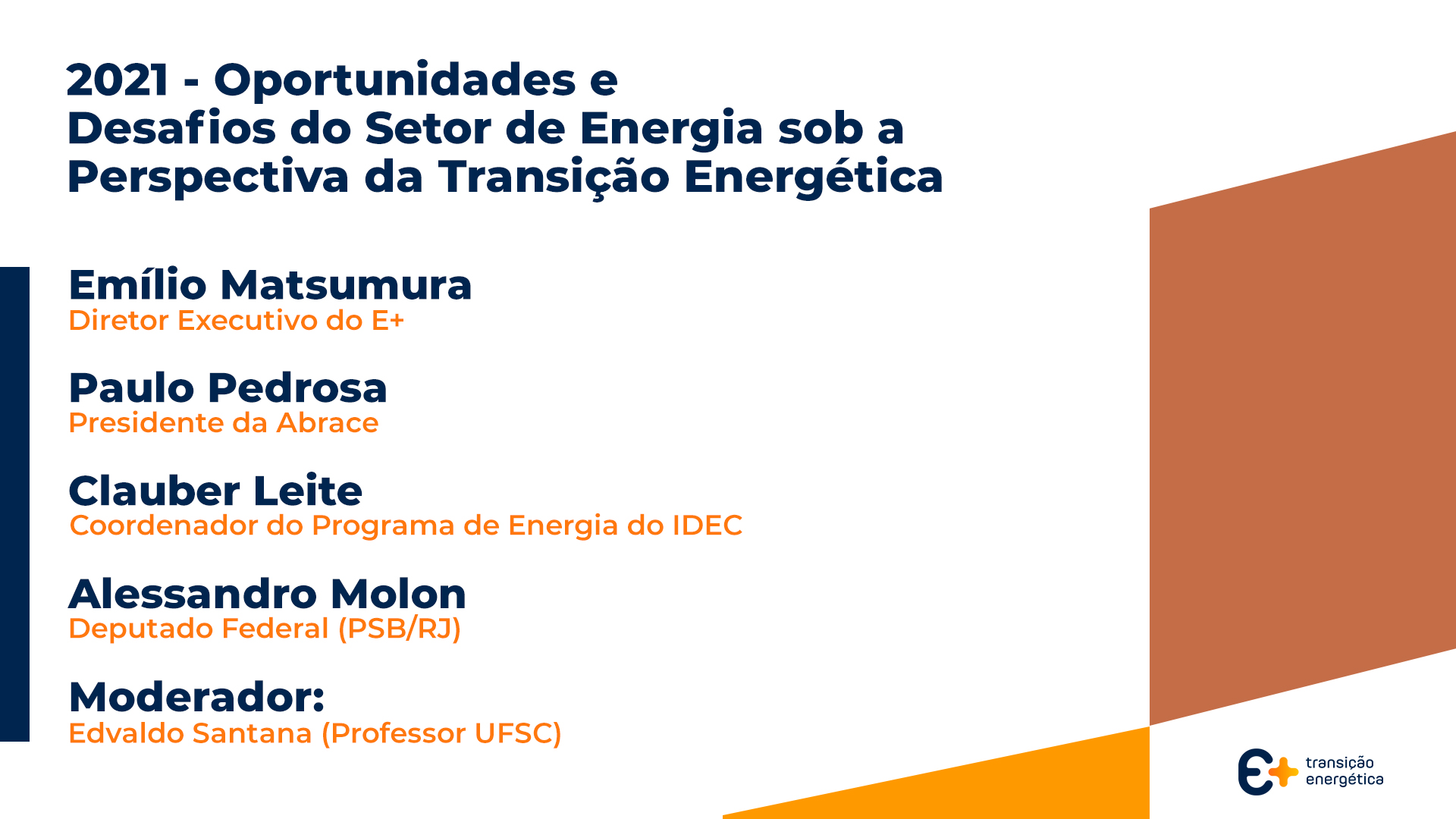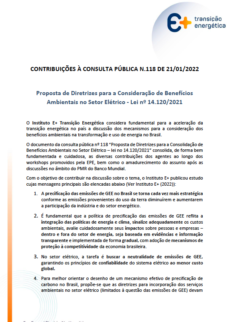
09/2022
Scoping Paper on the Brazilian Decarbonization – STEEL INDUSTRY
Principais conclusões:
The Iron and Steel sector is the largest industrial source of greenhouse gas (GHG) emissions globally. For this reason, governments and global corporations are focusing on their rapid decarbonization. Therefore, it creates a unique opportunity for Brazil, which has the strategic resources (iron ore, expertise in the use of charcoal, and high potential for renewable energy) necessary for transforming the global steel industry associated with climate neutrality.
Hydrogen-based steel and sponge iron (DRI) production is seen as a great opportunity on the horizon until 2050. A possible path to the decarbonization of the sector is the replacement of coal with natural gas to serve as a bridge to hydrogen technologies. In the future. Brazil has abundant potential for producing renewable hydrogen, with prospects of becoming a significant producer and exporter of hot briquetted iron (HBI) and green steel.
Charcoal is a strategic raw material used by Brazil to produce low-carbon steel. To position itself for this opportunity, Brazil needs to invest in the expansion of forests, sustainable charcoal production, hydrogen production, and new facilities and technologies to produce low carbon steel.
The transition to net-zero emissions (net-zero GHG emissions) has been adopted by large producers in the Brazilian steel sector. Still, there is no detailed description of how targets/goals will be achieved. Thus, it requires a combination of technologies and initiatives geared towards the specificities of the regions in which the industries are located.
New policies and instruments for the transition to a net-zero emission economy are essential to achieve emission reduction targets. In addition, government and industry must work together to enable the diffusion of less carbon-intensive technologies and processes.
Resumo:
In order to contribute to the discussion on opportunities in the decarbonization of the steel industry in Brazil, this study presents a systemic and conceptual review of traditional steel production routes, with a particular interest in low carbon trajectories. In addition, the role of the leading technologies in the Brazilian steel industry and the country’s competitive advantages are discussed in light of the perspectives and projections of emissions in this sector.
In this sense, this work explores the paths for the decarbonization of the Brazilian steel industry through a scoping paper. From the outline of the general context of the steel industry in Brazil and worldwide, its objective is to identify the main conditions to support its transition towards a low carbon industry. In turn, this analysis can help stakeholders recognize opportunities, advantages, and challenges for the development of a low carbon steel sector in Brazil.






